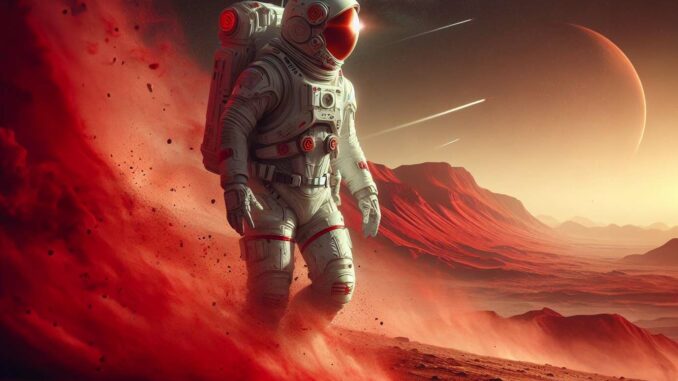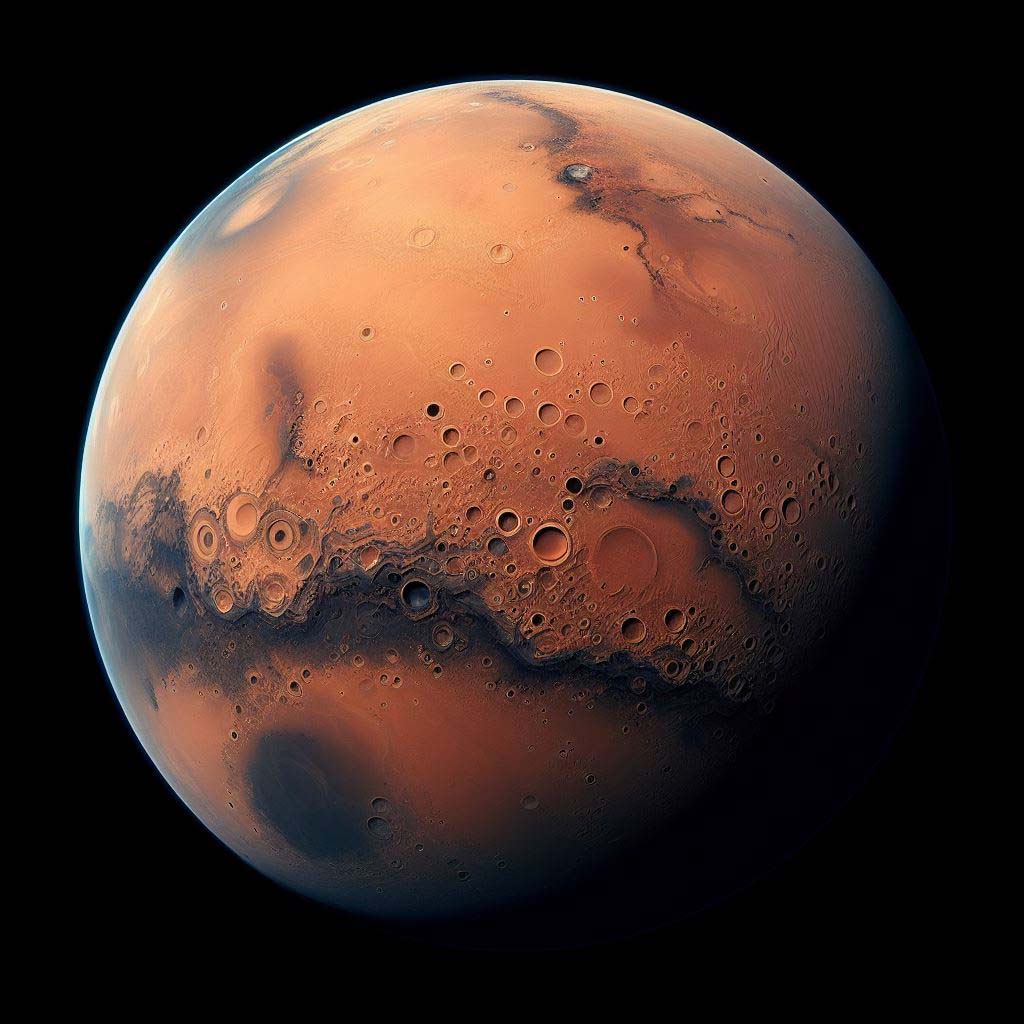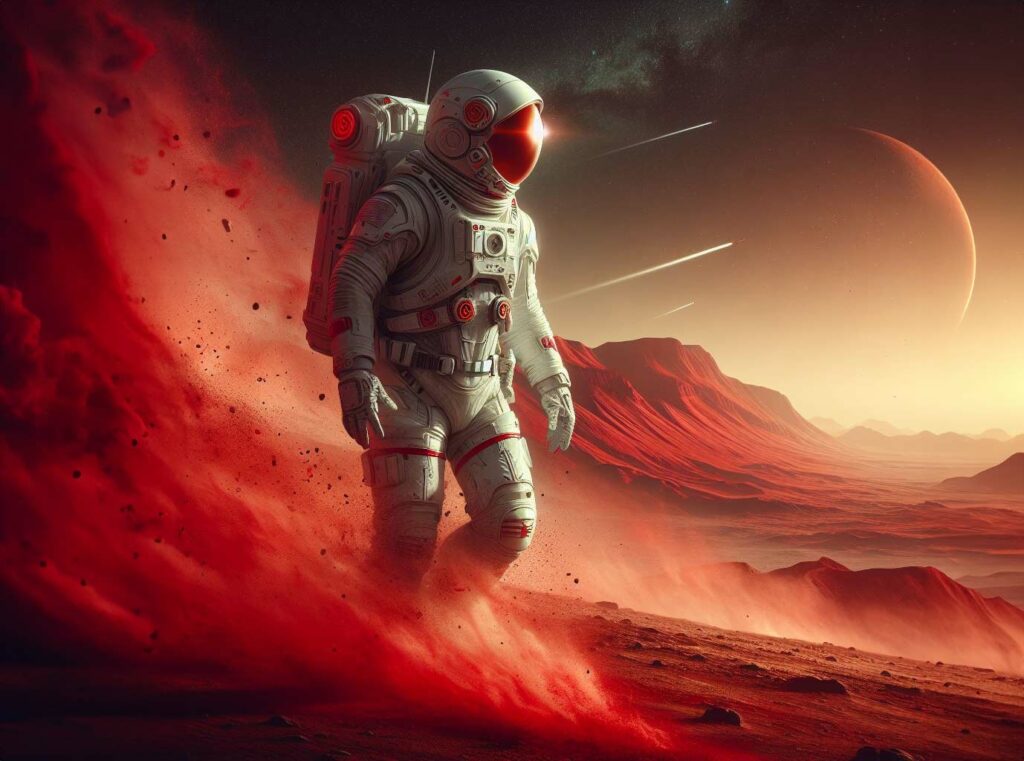
NASA launches a year-long simulation on Mars to prepare future astronauts. Experience the isolation of the Red Planet!
NASA offers a dream job for space enthusiasts: a one-year Mars simulation.
Imagine living on Mars, isolated from the rest of humanity, with only three other adventurous souls and a 158-square-meter habitat simulating the Martian surface. This is not the scenario of a science-fiction film, but a real opportunity offered by NASA through its CHAPEA (Crew Health and Performance Exploration Analog) program. The objective? To prepare mankind for the isolation required to travel and live on Mars.

Why a Mars simulation?
Living on Mars is no small matter. In addition to the technical and logistical challenges, one of the biggest obstacles to long space travel is the human factor: how will crews cope with extreme isolation, limited resources, environmental stress and equipment failure? This is where CHAPEA comes in. By simulating a year on Mars, NASA hopes to gather crucial data on physical and behavioral health, performance and team dynamics under extreme conditions.
Mars Dune Alpha habitat: a unique testing ground
Mars Dune Alpha, a 1,700 sq. ft. habitat designed to simulate life on Mars, is at the heart of this experiment. Located in a gigantic sandbox at NASA’s Johnson Space Center in Houston, this 3D-printed habitat offers a realistic environment for studying how to grow crops, manage isolation and work as a team in the face of unforeseen challenges.
Who can apply?
NASA is looking for exceptional individuals, aged between 30 and 55, in excellent health, non-smokers, with no criminal record, and with STEM qualifications at Master’s level, at least a thousand hours of aircraft piloting or completed military officer training. Applicants should be prepared to tackle issues ranging from isolation management to gut health, reflecting the depth and complexity of preparation required for a Mars mission.
A glimpse of life in the simulation
Simulation participants will experience unique challenges, from simulated “spacewalks” to growing plants in a confined space, all while providing vital data for future manned missions to the Moon and Mars. The experience of the current crew, who have reached the halfway point of their mission, is a testament to how quickly time can pass, even in isolation, while underlining the irreplaceable value of this data for the future of space exploration.
Why this mission is crucial
NASA’s CHAPEA simulation isn’t just about technical preparation for life on Mars; it’s about human preparation. Understanding how individuals and teams adapt to prolonged isolation, manage limited resources and overcome psychological and physical challenges is critical to the success of future manned Mars missions. This mission serves as a bridge between the dreams of space exploration and the reality of realizing them, ensuring that when we set foot on Mars, we’ll be ready to live and thrive there.

Apply now to be one of the mars pioneers
With the application deadline set for April 2, 2024, NASA invites space enthusiasts, adventurers and visionaries to seize this unique opportunity to contribute to the future of human exploration of Mars. This year-long simulation offers more than just an isolated living experience; it’s a chance to shape humanity’s future among the stars.
By taking part in CHAPEA, you’ll not only help pave the way for future generations of space explorers, you’ll also be part of an adventure that tests the limits of human endurance, ingenuity and cooperation. So, are you up for the challenge of living for a year on Mars, here on Earth? NASA’s Mars mission is waiting for you.
War Wings Daily is an independant magazine.